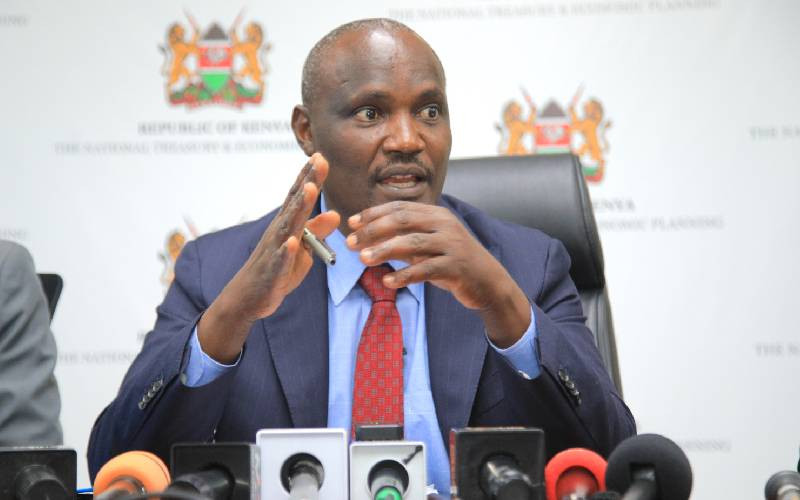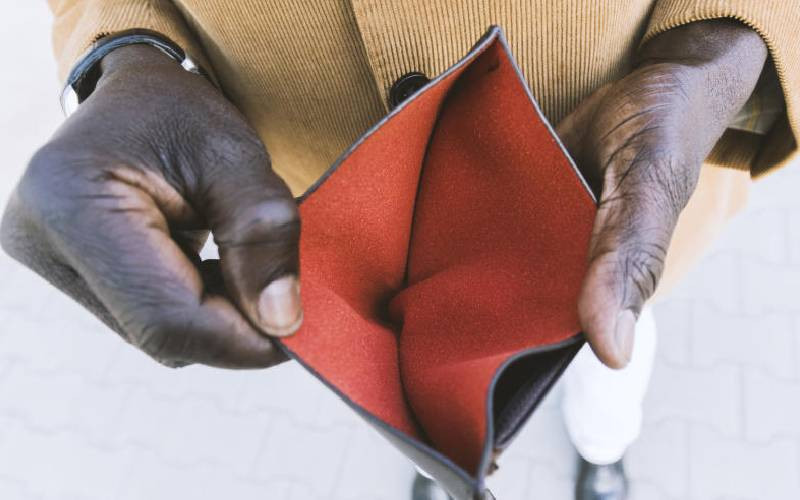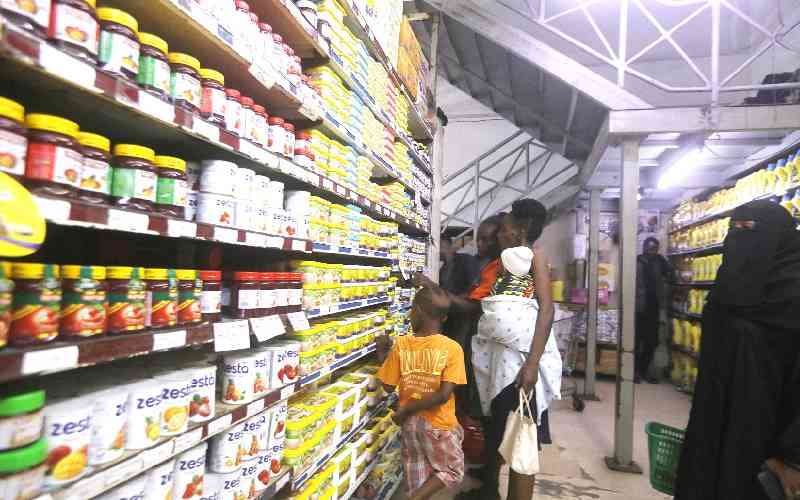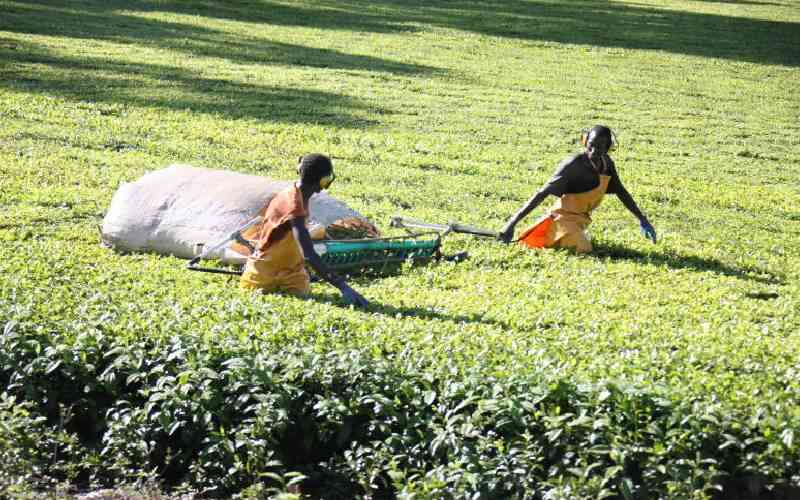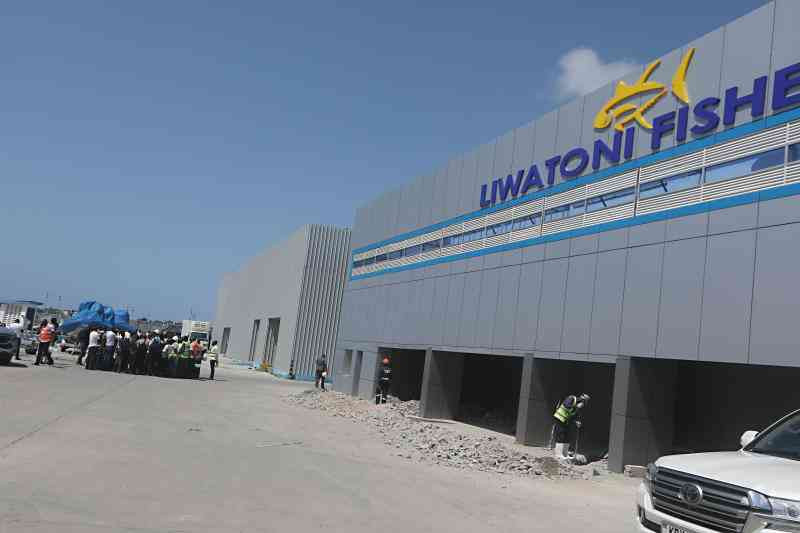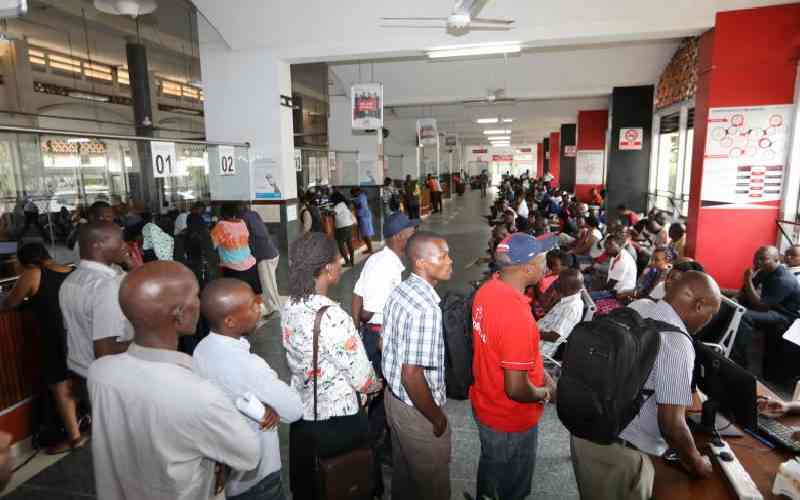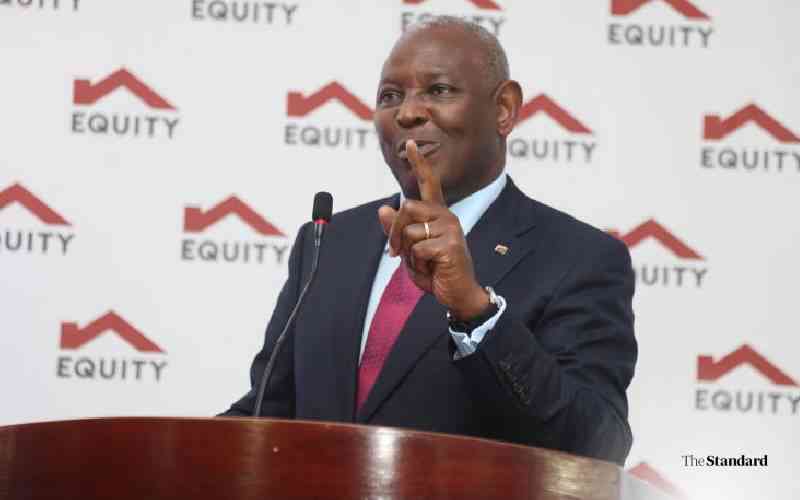×
The Standard e-Paper
Kenya's Bold Newspaper

A girl walks past paintings depicting the crisis between Russia and Ukraine, outside an art school in Mumbai, India, on February 24, 2022. [Reuters]
February 24, 2022, marked the start of Russia’s invasion of Ukraine, three decades since a war of such magnitude was last witnessed after the collapse of the Soviet Union in 1991.
